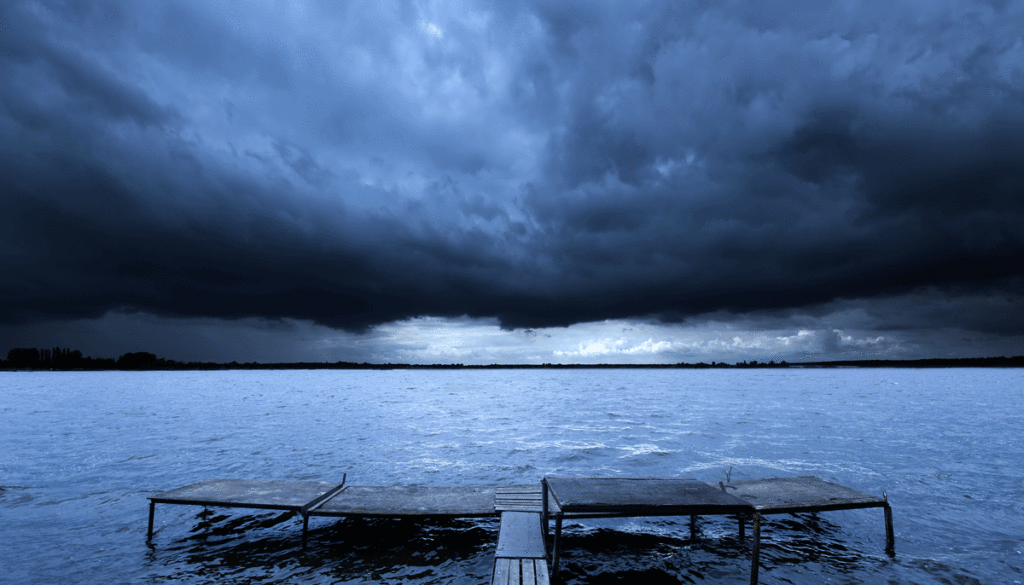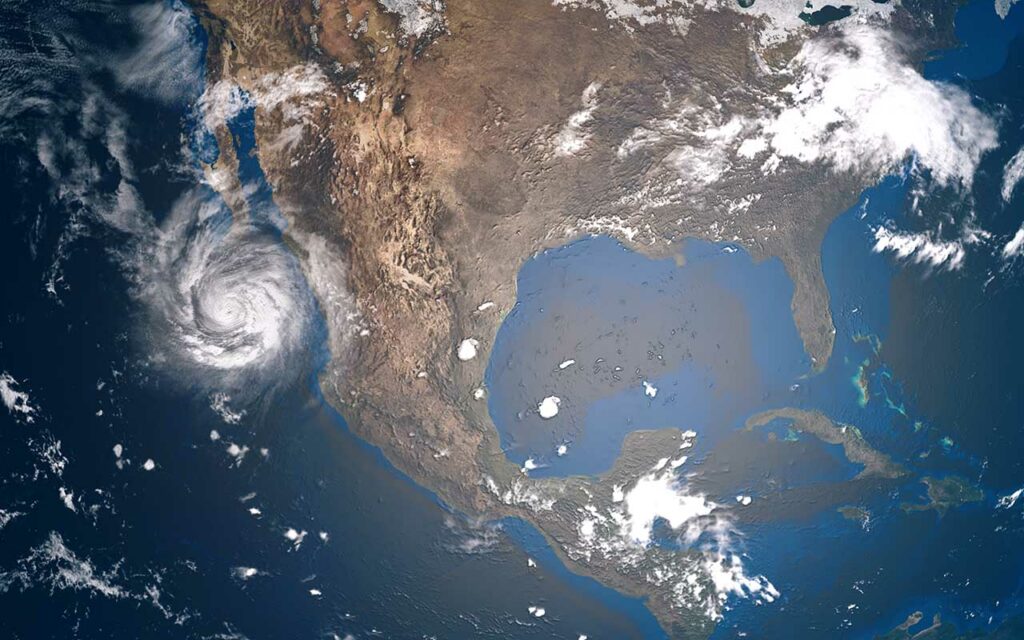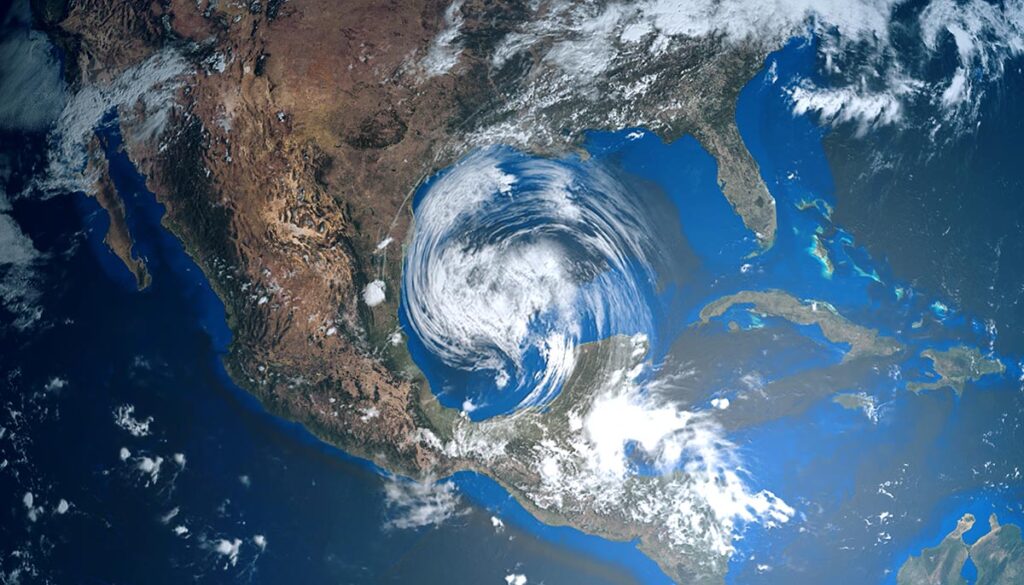All around the world, receding waters due to drought are revealing long-hidden mysteries. A “Spanish Stonehenge,” with over 500 megalithic standing stones believed to date back to 5000 BC, was discovered at a dam in Spain.
Drought-hit dam reveals ‘Spanish Stonehenge’ with over 500 megalithic standing stones
Spain is currently experiencing one of its worst droughts in decades, and the Iberian Peninsula is reportedly at its driest in 1,200 years, with winter rains expected to diminish further, according to a study published in the journal Nature Geoscience, NBC reported.
As a result, a drought-hit dam has fallen to only 28% of its capacity. However, the receding waters revealed a startling find that has been forgotten to time.
Standing at the shoreline are more than 500 megalithic standing stones.
The huge, megalithic stone complex was discovered on a plot of land in Huelva, a province flanking the southernmost part of Spain’s border with Portugal, near the Guadiana River, and spans roughly 1,500 acres, the Guardian reported.
“This is the biggest and most diverse collection of standing stones grouped together in the Iberian peninsula, said José Antonio Linares, a researcher at Huelva University and one of three directors in charge of the project to study the complex. “It is a major megalithic site in Europe.”
Spanish Stonehenge was discovered prior, before submersion
Arranged in a circular layout, the complex is referred to as the “Spanish Stonehenge.” Officially, it is known as the Dolmen of Guadalperal.
The megalithic structure was first discovered by German archaeologist Hugo Obermaier in 1926.
The stones are believed to date back to 5000 BC.
However, the stones were lost to time when a rural development project in 1963 flooded the area under the dictatorship of Francisco Franco. Since then, it has only become visible four times.
Now, the woes of the drought aside, archaeologists are thrilled that the exposure of the stones gives them an opportunity to examine the complex, and experts are racing to study them before the area is flooded again.
Naturally, technology has improved greatly since the complex was submerged in the 1960s, and now archaeologists have the opportunity to take advantage of the advancements in science.
“It’s a surprise,” said archaeologist Enrique Cedillo from Madrid’s Complutense University. “It’s a rare opportunity to be able to access it.”
What have archaeologists found?
So far, archaeologists have found numerous types of megaliths, including standing stones, dolmens, mounds, coffin-like stone boxes called cists, and enclosures.
“Standing stones were the most common finding, with 526 of them still standing or lying on the ground,” researchers wrote in an article published in the prehistoric archaeology journal Trabajos de Prehistoria.









